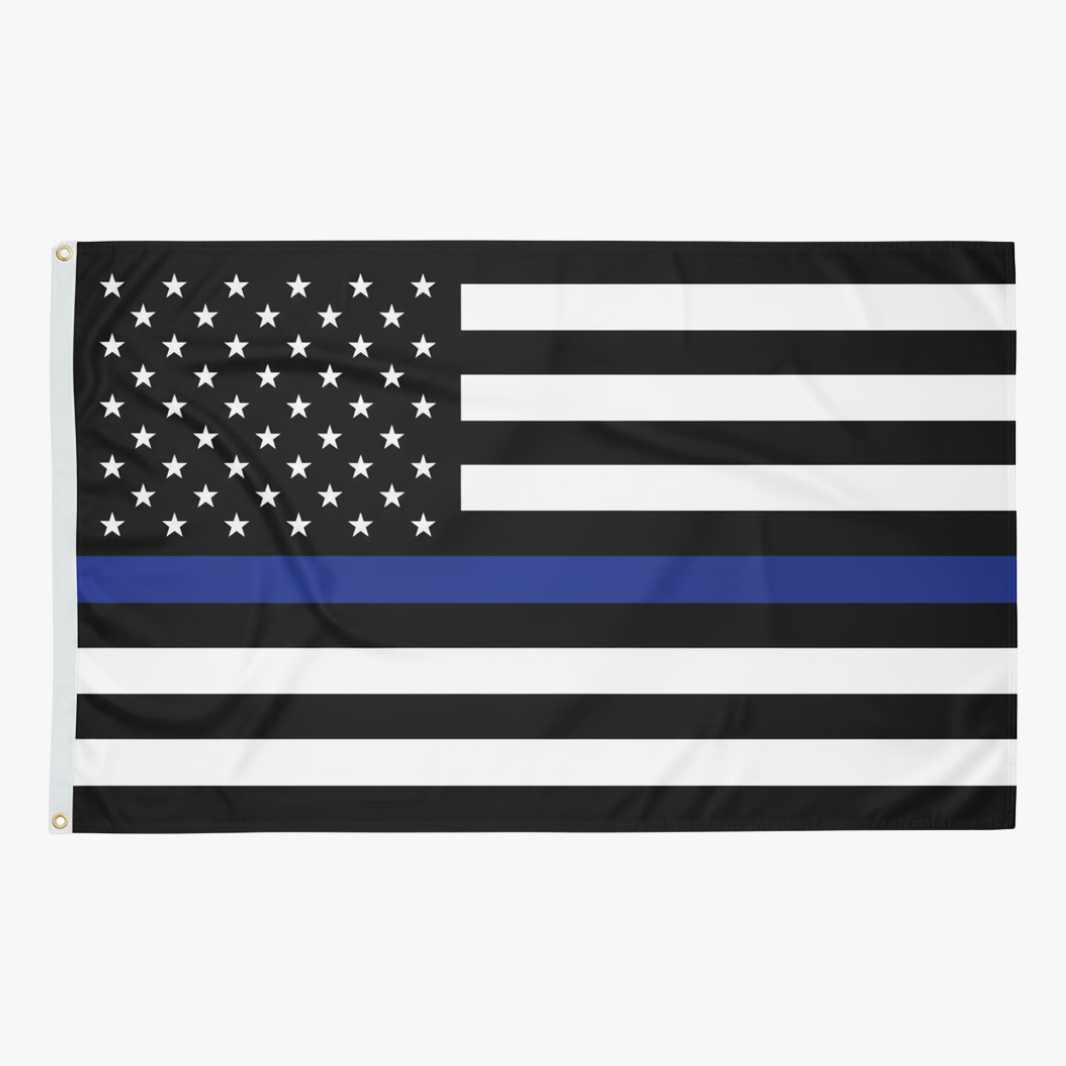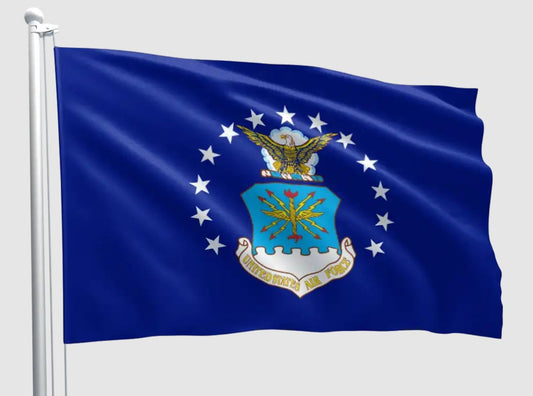
Understanding the Mourning Flag
Understanding the Mourning Flag: What It Represents, When To Fly It, and What Do The Colors Stand For?
Flags have long been symbols of pride, patriotism, and community. However, not all flags are flown to celebrate or honor; some are flown in times of sorrow, grief, and respect. One such flag is the mourning flag, a powerful symbol used to mark periods of mourning or remembrance for a deceased person or a significant tragedy. In this article, we will explore what the mourning flag represents, when it's appropriate to fly it, and how you should properly display the flag.
What is the Mourning Flag?
The mourning flag is typically a flag flown at half-staff as a mark of respect and remembrance. While the term "mourning flag" is not a universally recognized name for a specific flag, the act of flying any flag at half-staff (or half-mast, if on a ship) is the established custom to signify mourning. The flag is lowered to a position halfway down the flagpole to honor a person who has passed away, whether it be a prominent public figure, a member of a community, or even in memory of a national or global tragedy.
What Does the Mourning Flag Represent?
The mourning flag, as a symbol, conveys a deep sense of loss, respect, and solidarity. When a flag is flown at half-staff, it serves as a visual cue that a community, country, or group is grieving. It symbolizes:
- Respect for the Deceased: Lowering the flag shows that the life of the deceased is being honored, whether it is a leader, a hero, or someone who had a significant impact on society or a particular group.
- National or Local Tragedy: Governments or organizations may fly the mourning flag after tragic events, such as natural disasters, terrorist attacks, or mass casualties, to express collective grief and solidarity with those affected.
- Community and Collective Mourning: It is not only the passing of national figures that may warrant the flying of a mourning flag, but also the death of individuals within a community, where the practice might be used to unite people in grief.
What Do The Colors Of A Mourning Flag Stand For?
The black and purple colors on a mourning flag typically symbolize mourning, grief, and loss, often used to express respect and solemnity in times of death or tragedy. Here's a breakdown of the meanings:
- Black: Traditionally, black is associated with mourning, grief, and death. It is widely recognized as the color for funerals and mourning ceremonies in many cultures worldwide. Black is used to signify the solemnity and sadness of a loss.
- Purple: Purple is often linked to royalty, dignity, and respect, but in the context of mourning, it also carries connotations of solemnity, reflection, and reverence. In some cultures, purple is used during times of mourning, and it can symbolize the deep respect and honor given to the deceased or to the occasion of mourning.
Together, these colors convey a message of respectful grief and remembrance, often in formal or ceremonial contexts, such as public mourning periods, the death of a notable person, or national tragedies. The use of these colors on flags or in mourning rituals helps to express collective sorrow and solidarity with the family or community affected by the loss.
When is it Appropriate to Fly a Mourning Flag?
Flying a mourning flag is reserved for moments of sorrow or collective mourning. Some common occasions include:
- National Days of Mourning: Governments often call for flags to be flown at half-staff on the death of national leaders, such as the president, a prime minister, or other significant figures. For example, after the death of a sitting president or world leader, the flag is typically lowered to half-staff for a specific number of days, depending on the customs of the country.
- Public Tragedies: After significant events like terrorist attacks, mass shootings, or natural disasters that result in considerable loss of life, the mourning flag is flown to express sympathy for the victims and their families. These acts of remembrance often involve a coordinated response from local, state, and national governments.
- The Death of a Prominent Public Figure: Aside from political figures, the passing of notable public figures, such as entertainers, military heroes, or influential activists, may also warrant the lowering of flags.
- Memorials or Commemorations: Some communities may choose to fly mourning flags for annual events of remembrance, such as the anniversary of a tragic event, the loss of a respected community member, or a service member killed in action.
- Personal Mourning: In some cases, individuals or families may fly flags at half-staff to honor the death of a loved one, especially if they were involved in the military or public service.
How to Fly a Mourning Flag
To fly the mourning flag properly, it’s essential to lower the flag to half-staff with reverence and care:
- Raise the Flag First: Always raise the flag fully to the top of the flagpole before lowering it to half-staff. This is done as a sign of respect before the flag is lowered for mourning.
- Lower to Half-Staff: The flag should be lowered to the halfway point of the flagpole. The exact position may vary based on the height of the flagpole, but it should be placed lower than its full height to convey the message of mourning.
- When to Raise Again: Once the mourning period is over, the flag should be raised back to the top of the pole in a dignified manner. Some regions or organizations may have specific protocols for how long the flag should remain at half-staff, such as for one day, a week, or a certain number of days.
Conclusion
The mourning flag is a simple but powerful symbol of respect and remembrance. Flying a flag at half-staff offers a visible expression of grief for the loss of a person or the tragedy that affects a community, country, or the world. Whether you're commemorating a national leader, a local figure, or a personal loss, knowing when and how to fly the mourning flag is an important aspect of showing solidarity and honor.
If you're in need of a mourning flag, Gates Flag & Banner is your trusted resource for high-quality flags, customer service, and expert advice. Visit our website to explore your options, or reach out to us directly to ensure your mourning flag is displayed with the dignity it deserves.










